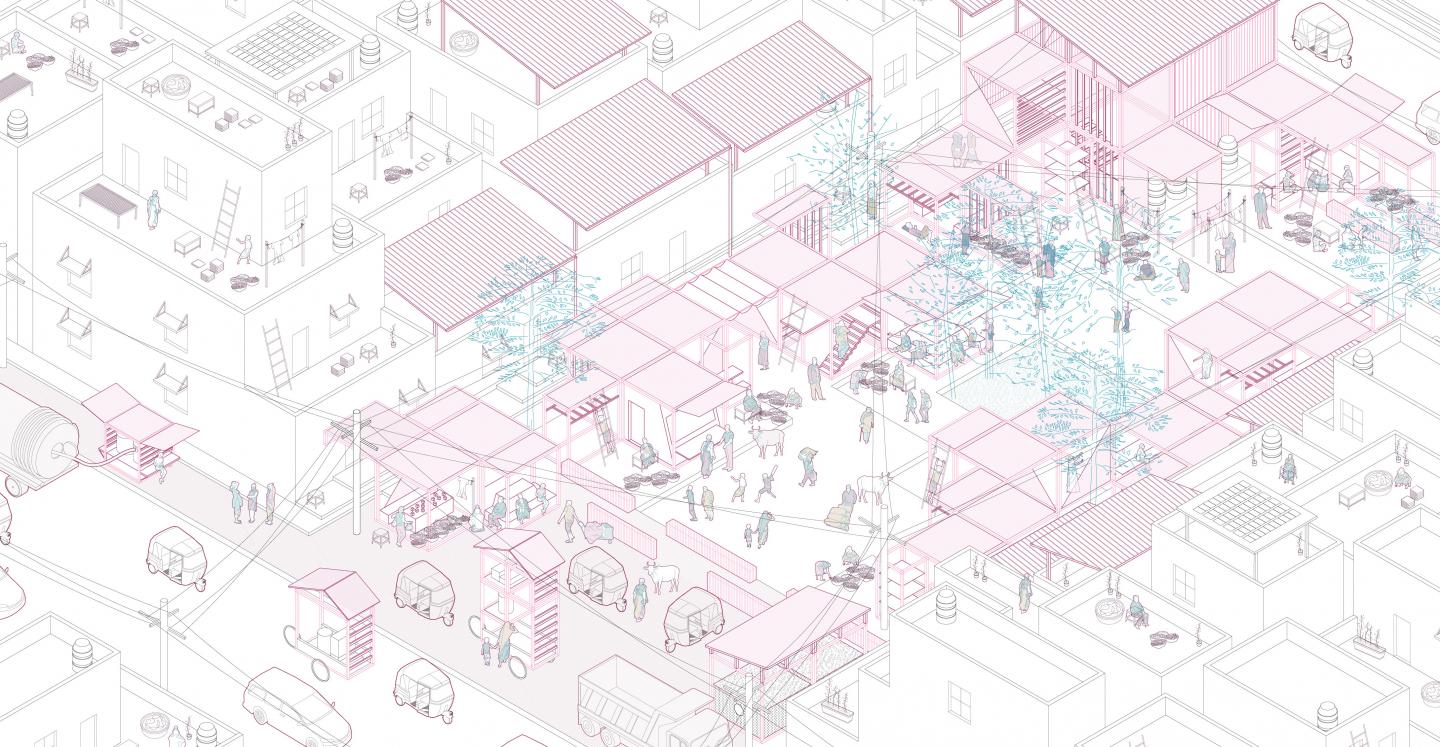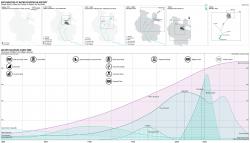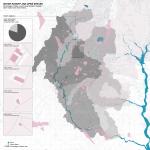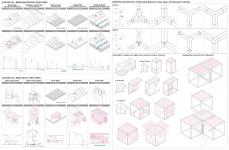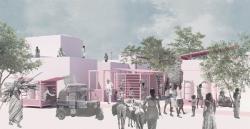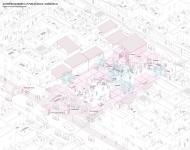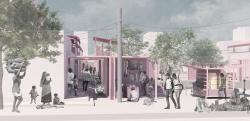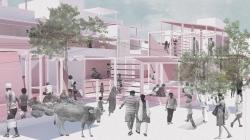People in the city of Jaipur, India have always been struggling with water scarcity during dry seasons and inundation during monsoon seasons throughout history because of the semi-arid climate and improper water use. Presently, 20% of total water demands cannot be met, and it is projected that the city will lose its current water source in 20 years.
In response to the serious water issues, the project envisions an alternative way to manage the whole water life-cycle by the design of water infrastructures that would provide better quality of public spaces at the same time.
The test area has around 9000 households and around 78% water loss during monsoon seasons due to impervious surfaces. Only 52% of households have access to treated water, and 17% are connected to the closed drainage system.
At the first step, a system of water supply and disposal network was proposed in order to connect households to the whole city’s water system, while collected rainwater is stored locally in the neighborhoods and only serves nearby public toilets as gray water.
Then, various water strategies are proposed, and these strategies could become a set of toolkits and guidelines that could be applied to multiple places. Prefabricated, light modular structures are inexpensive and easy to be installed in open spaces, and their dimensions are flexible according to different types of public spaces accommodating commercial and recreational activities.
Two prototypical scenarios of community with different income levels are tested by selecting certain strategies from the strategy toolkits based on the existing contexts of the neighborhoods.
2019
2019
-In a higher-income neighborhood with 100 households, 56% of the public toilet flushing water could be from the collected rainwater.
-In a lower-income neighborhood with 80 households, 22% of the public toilet flushing water could be from the collected rainwater.
Chenjie Xiong
Favorited 5 times
